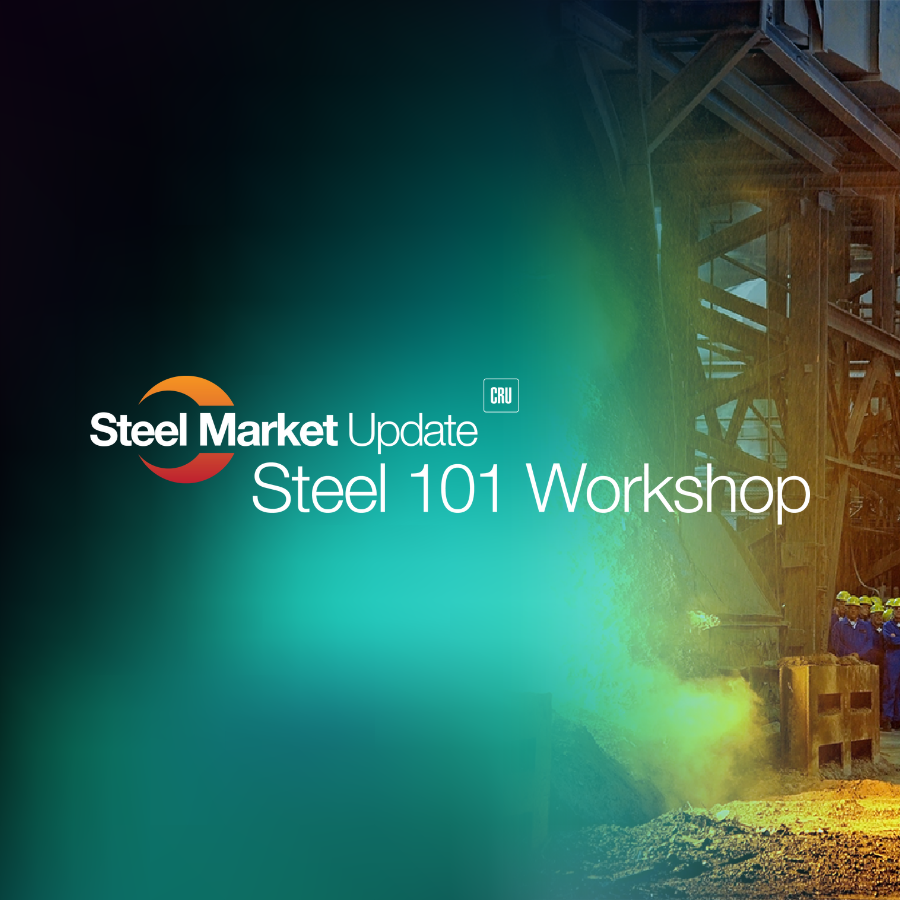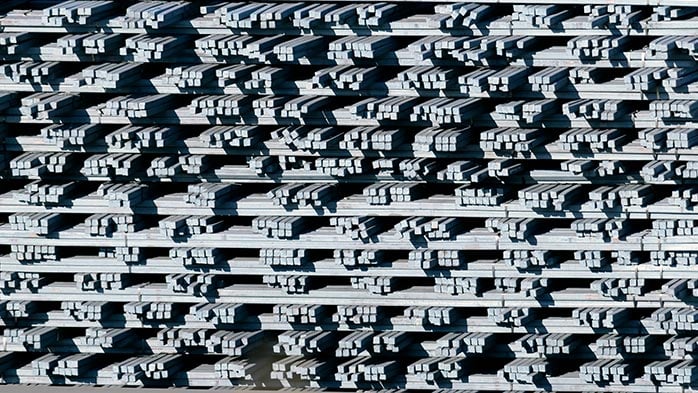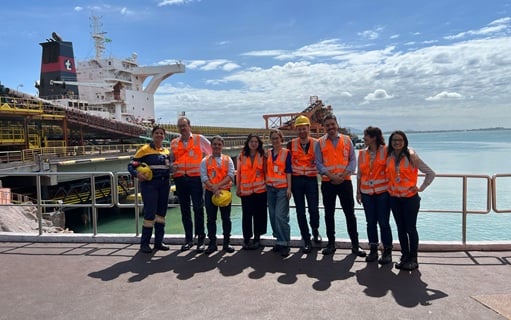The SMU Steel Summit took place in late August and was attended by a record-breaking 1,450 participants from a range of disciplines including commercial, procurement, research, and C-level representatives. Attendees joined the conference for insight with speakers from key stakeholders throughout the steel value chain as well as to build relationships throughout the industry. These twin goals were evidenced by an auditorium that was consistently full and an exhibition hall as well as surrounding space utilised well for meetings.
Conference speakers covered a wide variety of topics from commercial executives at mills, procurement at major OEMs, economists, and well-known industry and equity analysts. The dynamic agenda featured presentations from CRU analysts, fireside chats with industry CEOs, and live Q&As with attendees.
A few topics widely discussed on panels as well as in networking sessions included the potential buyout of US Steel and the upcoming UAW contract negotiations as well as potential work stoppage. While news of the day are always top of mind, speakers at this conference provided insightful views for the coming year and allowed attendees to bring this information back for their company’s strategic planning purposes. A brief review of these topics follows below:
Steel price forecast
An interactive flash poll took place at the start of the conference to gauge the audience’s view on the future trend of steel prices. The results were somewhat an extrapolation of current prices as 49% of those polled anticipate HR coil prices to range between $600– 800 /s.ton by this time next year. The “Steel Price Forecast: Boom or Bust” segment of the event mostly supported the results of the poll, with Josh Spoores, Principal Analyst at CRU saying: “We’re probably entering six to ten months of slower economic industrial activity, and that’s going to be hurting demand just as capacity is ramping up”. As for longs products, government spending supports more bullish sentiment as two-thirds of infrastructure spending demand will be for longs and one-third for sheet products. Timna Tanners, Managing Director of Wolfe Research saying: “The biggest story for the next two years is going to be government spending”. Tanners also said that while the private sector may underperform in 2024, government spending will be able to offset the weakness there.
Impact of a UAW strike
In another interactive audience poll, 67% of participating attendees believed the UAW negotiations would lead to a work stoppage at US automakers. Timna Tanners noted that their analysts predict a 95% probability of a UAW strike. Furthermore, consensus is that if a strike were to occur, it will be four to six weeks long. The last UAW strike against GM lasted six weeks and caused seasonally adjusted industrial production from the automotive segment to decline by nearly 18% between August and October that year. Since the conference, a strike has taken place – a first for all three big autos concurrently. This will have an immediate impact on demand. Protracted strike action could cause steel mills to idle, which would result in tighter supply once auto production ramps back up. Finished steel products will not be the only commodities impacted by a strike. Lower automotive production will lead to lower prime scrap generation, which will cause demand for pig iron and DRI to increase to supplement lost prime scrap supply availability – at least before mills idle capacity.
Future of decarbonisation
The growing trend of businesses looking to decarbonise their supply chains will continue to impact the steel market. A recurring question throughout the Summit is whether a CBAM (Carbon Border Adjustment Mechanism) will be implemented in the US and what impact it will have. Kevin Dempsey, President of the American Iron and Steel Institute (AISI) said: “Traditionally at this conference, trade has been a big issue, and continues to be. Now, in addition to trade, we have the issue of decarbonisation”. Dempsey further noted that the US is a world leader in low emission steel production due to high utilisation of EAFs.
Macro view of 2024
Dr Alan Beaulieu, president of ITR Economics, closed out the Summit to discuss the forecast for 2024 and beyond. While most economists warned of recession in 2023, ITR Economics did not. However, looking to 2024, ITR forecasts the US economy to be relatively flat. However, industrial production is expected to see a mild recession, predicting a y/y decline of 2.3%.
From strength to strength
Attendance at the SMU Steel Summit continues to grow year-by-year. This year was no exception. Feedback from attendees during the Summit was extremely positive, both in terms of the insight brought out on stage and access to a wide variety of industry participants, both existing relationships and establishing new. It is clear attendees made fantastic use of their time in Atlanta.

















